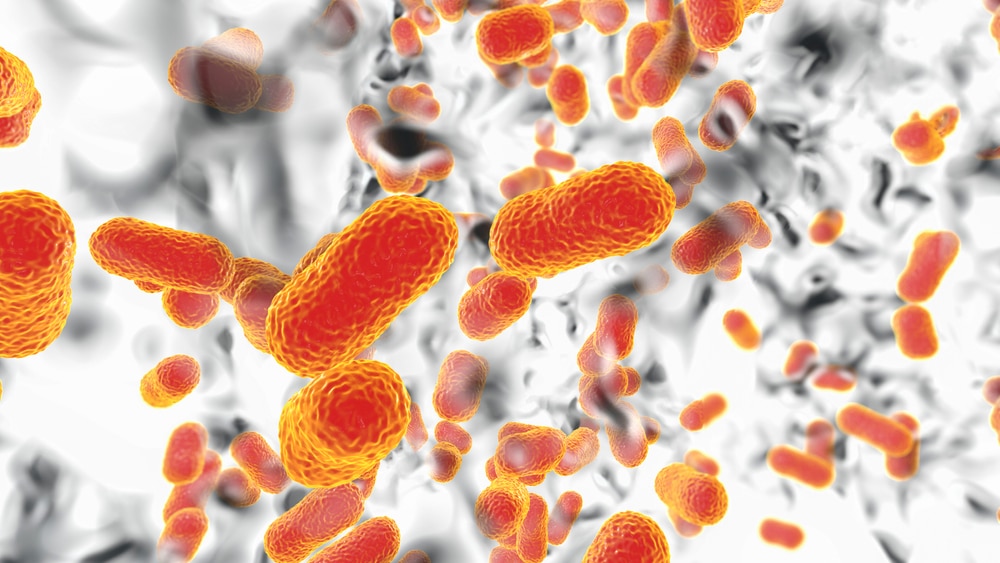Newsletter Signup - Under Article / In Page
"*" indicates required fields
Researchers from SANKEN (The Institute of Scientific and Industrial Research), at Osaka University in Japan have provided new insights into the relationship between the position of “bulky” amino acids on bacterial proteins and the ability of bacteria to resist antibiotics.
The medical profession is losing a race. Bacterial antibiotic resistance doesn’t only threaten the ability to treat infection but also the ability to carry out any treatment where infection is a risk.
This includes surgeries such as coronary bypass operations and organ transplantation. The number of new antimicrobials being developed is declining each year.
Efflux pump
In a study published this month in Antimicrobial Agents and Chemotherapy, researchers at Osaka University have produced new insights into the structure of a particular bacterial protein known as an efflux pump. This protein is involved in antibiotic resistance and its structure influences the ability of drugs to target it.
Many conventional antibiotics, such as penicillin or erythromycin, work by making their way into a bacterial cell. Once there, the antibiotic prevents the cell from working properly by interfering with its molecular machinery. From a bacterium’s perspective, this is where the efflux pump comes in handy; by pumping any compounds that are harmful to it (like antibiotics) out of the cell using an efflux pump, the bacterium can protect itself. Bacteria that have mutated to become particularly resistant to antibiotics often have many efflux pumps on their surface.
To counter this defense, researchers have produced a class of drugs that stop efflux pumps from working. These drugs, called efflux pump inhibitors, are effective at preventing the activity of some but not all types of efflux pump. Understanding how these drugs bind to efflux pumps is essential for understanding how they work, and so to producing new drugs.
Lead author Seiji Yamasaki said: “We discovered the spatial characteristics of the inhibitor binding site in a bacterial efflux pump. We have succeeded in this analysis by examining the protein structure and by generating and analyzing a series of mutant pumps.”
Effective binding prevention
By using genetic manipulation to change the position of a “bulky” amino acid called tryptophan, the researchers were able to show which positions were important for the ability of a specific inhibitor called ABI-PP to bind to, and prevent the action of, a specific efflux pump called MexB. Specifically, they found that bulky mutations to the top and the middle of the binding site were particularly effective at preventing ABI-PP binding.
Senior author Kunihiko Nishino added: “Our results highlight that the overall spatial characteristics of the inhibitor binding site are more relevant to prevention of inhibition than single mutations. We hope that this work will inform the rational design of drugs that target efflux pumps, helping us to eliminate drug-resistant bacteria in the future.”






